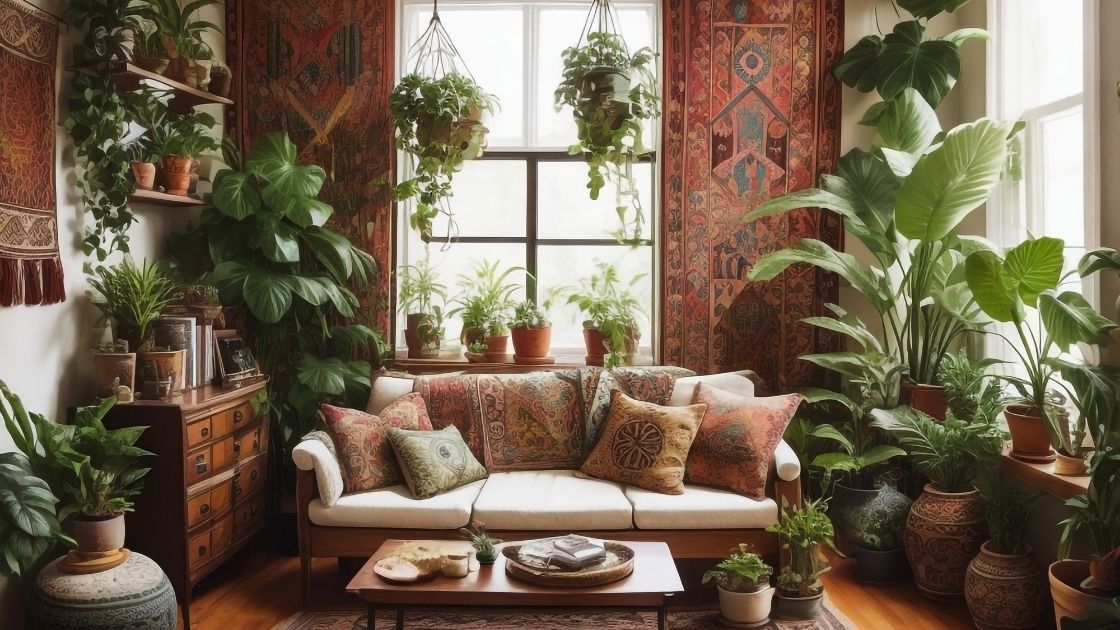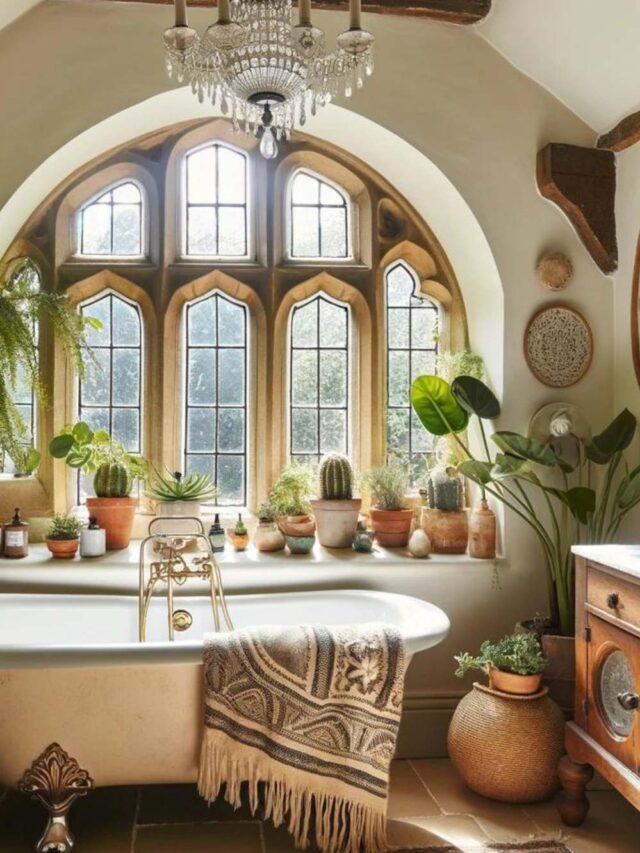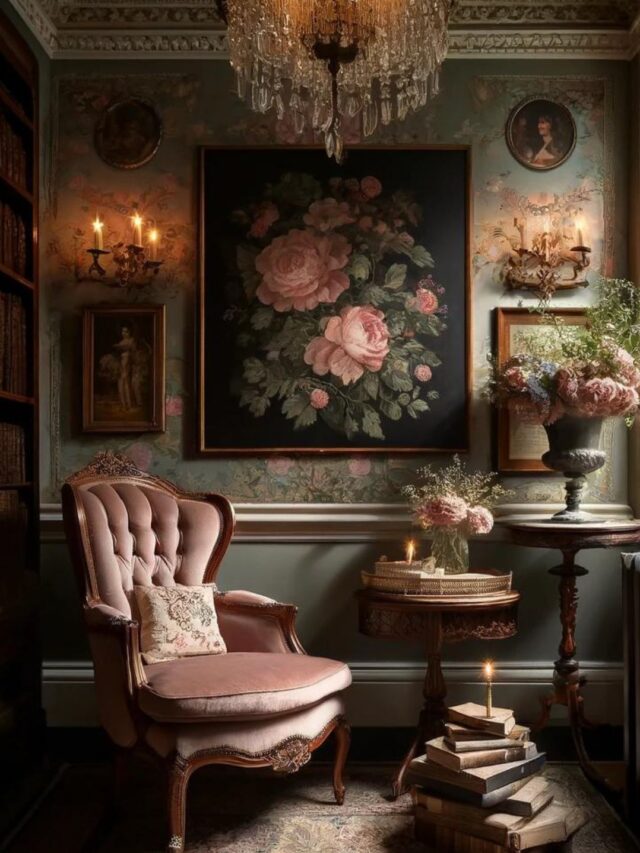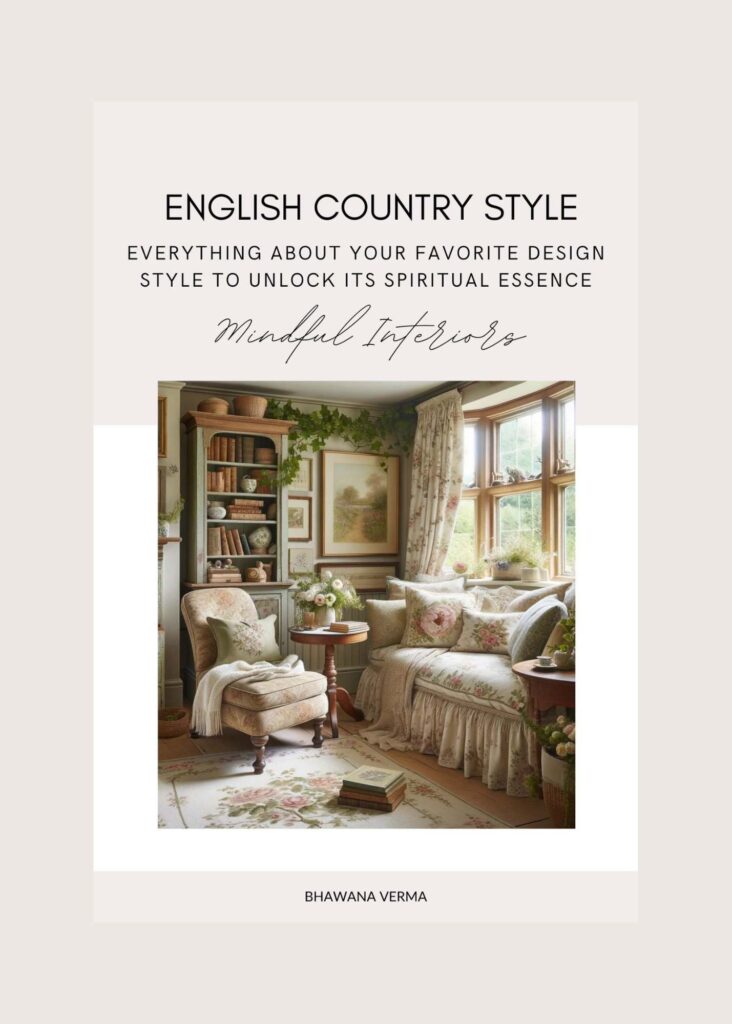What is Biophilic Interior Design?
Why does a mere glimpse of nature often leave us feeling refreshed and invigorated? This question lies at the heart of biophilic interior design, a concept that goes beyond aesthetics to tap into our deep-rooted connection with nature. In this blog post, we’ll explore how biophilic design can transform our living spaces into sanctuaries of tranquility and well-being, aligning perfectly with the emerging trends of mindful living spaces and interior design in 2024.
Biophilic interior design is an innovative approach in the world of home decor and architecture, focusing on incorporating elements of nature into indoor spaces. The term “biophilic” comes from “biophilia,” which means a love of life or living systems. This design style seeks to create a strong connection between natural environments and human spaces, particularly in areas where we live, work, and learn. As we step into 2024, the emphasis on creating mindful living spaces that resonate with our innate need for nature has never been more pronounced. Biophilic design, with its harmonious blend of nature and design elements, emerges as a leading trend, catering to a growing desire for serenity and balance in our fast-paced lives.

You May Also Like: Wabi Sabi Interior Design Style
The Essence of Biophilic Design: Bringing the Outdoors In
Biophilic design is not just about adding a splash of green here and there; it’s about creating a living space that embodies the essence of nature. This approach integrates natural elements, materials, and forms into the built environment, fostering a more profound connection with the natural world.
Key Features of Biophilic Interior Design
1. Natural Light
- Importance: Natural light is essential in biophilic design as it helps to create a brighter, more vibrant space that feels connected to the outside world.
- Implementation: This can be achieved through large windows, skylights, and strategically placed mirrors that reflect and amplify natural light.
2. Natural Materials
- Importance: Using materials like wood, stone, bamboo, and natural fibers brings the textures and colors of the natural world indoors.
- Implementation: Incorporate these materials in furniture, flooring, wall coverings, and decorative elements.
3. Plant Life
- Importance: Plants are a cornerstone of biophilic design, adding vitality and improving air quality.
- Implementation: This can range from potted plants and flowers to living walls and indoor gardens.

4. Water Features
- Importance: The presence of water adds a calming and refreshing element to the environment.
- Implementation: Indoor fountains, aquariums, or small water bodies can be integrated into the design.
5. Views of Nature
- Importance: Direct or indirect views of nature help to reduce stress and increase a feeling of well-being.
- Implementation: Design spaces to overlook gardens, courtyards, or natural landscapes.
6. Natural Shapes and Forms
- Importance: Incorporating organic, non-linear shapes found in nature helps create a more comfortable and inviting space.
- Implementation: Choose furniture and decor that mimic natural forms rather than rigid, geometric lines.

You May Also Like: The Art of French Provincial Kitchens
7. Sensory Variability
- Importance: Engaging multiple senses enhances the connection to nature and the overall experience of a space.
- Implementation: Use materials and elements that vary in texture, scent, and sound, such as wood with different grains, aromatic plants, or gentle wind chimes.
8. Color Palettes
- Importance: Colors found in nature have a calming effect and can make spaces feel more harmonious.
- Implementation: Use earthy tones, greens, blues, and browns to evoke the natural world.
9. Dynamic & Diffuse Light
- Importance: Varied lighting conditions that mimic natural light patterns can enhance mood and comfort.
- Implementation: Use light fixtures that can mimic the dynamic patterns of natural light, including the use of dimmers and varied light sources.
10. Visual Connection with Nature
- Importance: Creating a visual connection with nature can reduce stress and improve cognitive function.
- Implementation: Position furniture and design layouts to maximize views of outdoor natural settings.
The Impact of Biophilic Design on Wellbeing and Mindful Living
Studies have shown that integrating natural elements into our living spaces through Biophilic design has a profound impact on both our mental and physical health. This approach goes beyond mere aesthetic enhancements, fostering a more mindful way of living. By surrounding ourselves with aspects of the natural world, we can significantly reduce stress, enhance mood, and foster an environment conducive to creativity and productivity. The practice of mindful living—being present and fully engaged with our surroundings—is naturally supported by Biophilic design. This harmonious blend of nature and interior space encourages a deeper awareness and appreciation of our environment, leading to a more balanced and serene lifestyle.

You May Also Like: Tips on how to decorate your home with a white palette
Incorporating Biophilic Elements in Your Home
You don’t need to undertake a complete home makeover to embrace biophilic design. Start with small changes:
- Rearrange your space to maximize exposure to natural light.
- Introduce a variety of houseplants that are easy to maintain.
- Use natural materials like wood or stone for furniture or decorations.
- Consider incorporating a small water feature.
A Step Towards Harmonious Living
Embracing biophilic design is about creating a living space that is not only aesthetically pleasing but also conducive to our wellbeing. It’s about crafting an environment that nurtures and rejuvenates us, reflecting the harmonious blend of nature and design.
Remember, the journey towards a more nature-infused living space can begin with the simplest of changes. Let’s continue to create homes that are not just places to live, but spaces that help us thrive.
FAQs About Biophilic Interior Design
1. What is Biophilic Interior Design? Biophilic interior design is an approach that incorporates natural elements into indoor environments. It aims to create a human-nature connection inside our living or working spaces, promoting wellbeing, reducing stress, and enhancing mood and productivity.
2. Why is Biophilic Design Important? Biophilic design is important because it addresses the increasing disconnect between humans and nature in modern society. By bringing natural elements indoors, this design style helps to reduce stress, improve mental health, and enhance creativity and cognitive function.
3. What are the Key Elements of Biophilic Design? Key elements include natural lighting, organic materials (like wood and stone), indoor plants, nature views, natural shapes and forms, sensory elements, and earthy color palettes.
4. Can Biophilic Design be Applied in Small Spaces? Yes, biophilic design can be effectively applied in small spaces. Even limited areas can benefit from natural light, small potted plants, natural materials, and nature-inspired colors and textures.
5. How Does Biophilic Design Impact Health and Wellbeing? Biophilic design has been shown to improve air quality, increase feelings of wellbeing, reduce stress, and boost mood and productivity. It can also enhance creativity and cognitive function.
6. Is Biophilic Design Only About Adding Plants? While plants are a significant aspect, biophilic design encompasses much more. It includes the use of natural light, materials, shapes, and other elements that evoke nature.
7. How Can I Incorporate Biophilic Design in My Home on a Budget? Simple ways to incorporate biophilic design on a budget include adding houseplants, using natural materials like wood or bamboo for decor, and arranging spaces to maximize natural light.
8. Are There Specific Plants Recommended for Biophilic Design? While any indoor plant can add a biophilic element, those that are easy to maintain and improve air quality, like snake plants, spider plants, and ferns, are often recommended.
9. Can Biophilic Design be Used in Offices? Absolutely. Biophilic design in offices can lead to improved productivity, reduced stress, and enhanced employee wellbeing. This can include natural lighting, indoor plants, and materials that mimic nature.
10. How Do I Start with Biophilic Design? Start small by incorporating elements that you feel most drawn to. This could be as simple as rearranging a room for more natural light, adding a few plants, or incorporating natural materials in your decor.



















One Response
Somebody essentially assist to make severely articles I would state. That is the first time I frequented your web page and thus far? I surprised with the analysis you made to create this particular submit incredible. Excellent process!